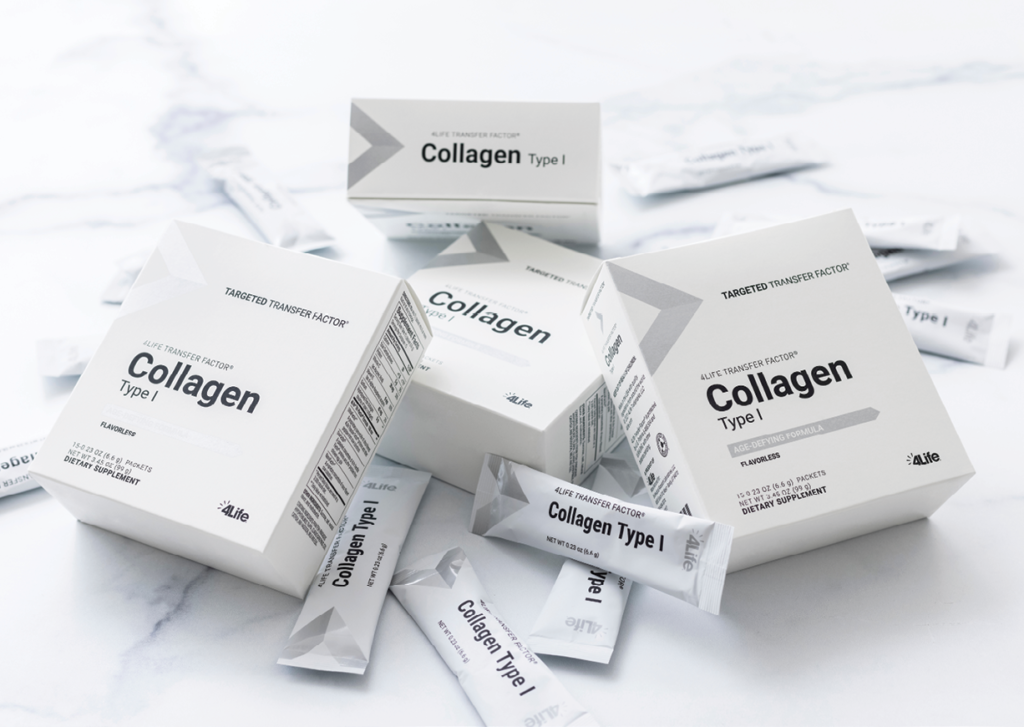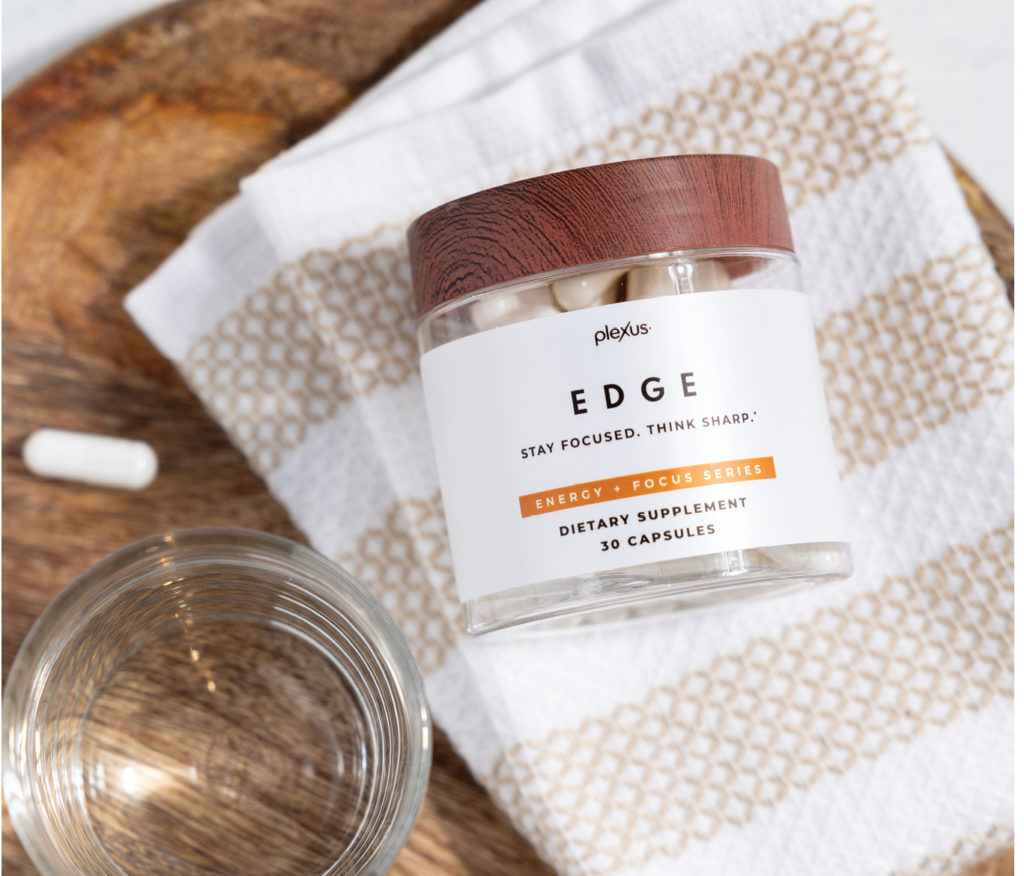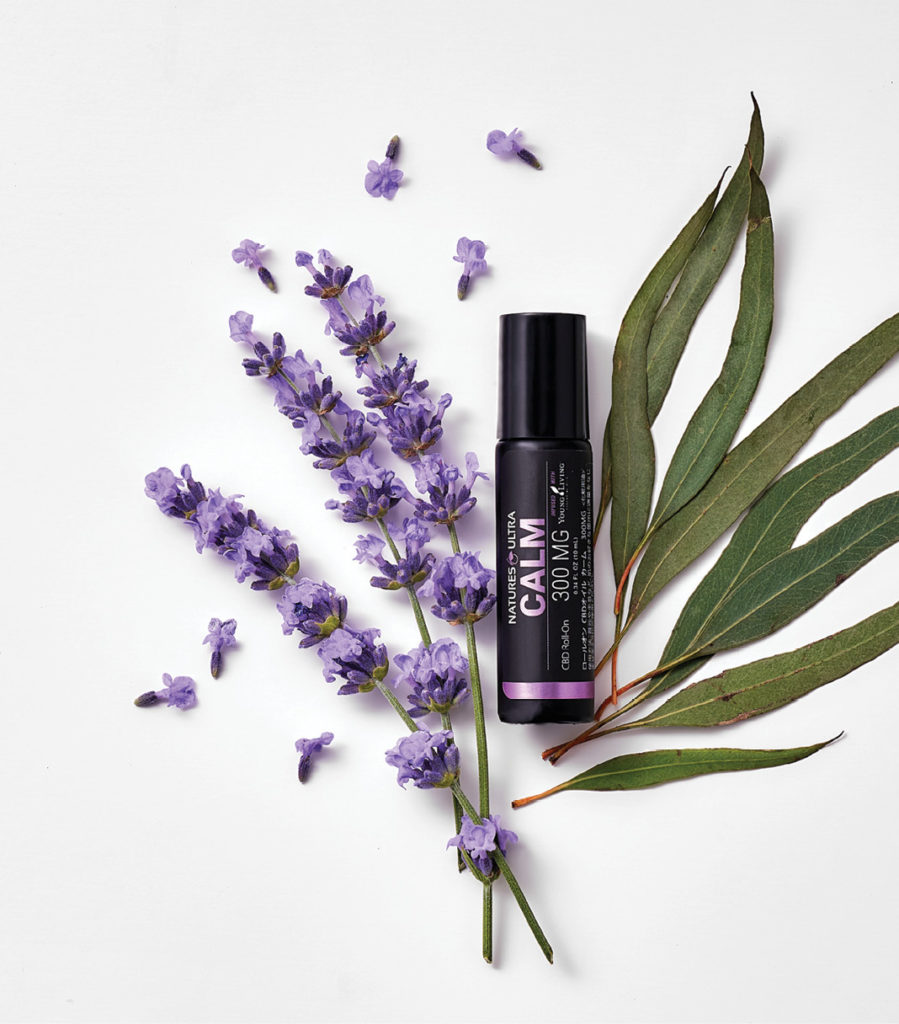Which trends are leading the industry right now and how to identify the next big thing.
For more than a century, the direct selling industry has built its foundation on the bedrock of relationship marketing, with recruitment and team building serving as critical pillars of its structure. While the social selling model has fueled its quick scale across the globe and is still vital to its success, the channel is experiencing an evolution when it comes to what it chooses to prioritize and accentuate.
Today, products and the customers who buy them are taking center stage. It’s a shift that has placed the spotlight on up-and-coming ingredients and taken the emphasis once reserved for recruitment and placed it squarely on customer favorites and product trends.
The companies who have made this switch point to a number of catalysts, but growing FTC scrutiny has certainly played a role.
“Due to increasing regulatory focus and constraints being placed on our channel from government agencies, many companies have shifted their focus more on their amazing products,” said Kelly Bellerose, 4Life Senior Vice President of Marketing. “I still believe the largest percentage of people that are participating with direct sales companies are more product-focused anyway. It just feels like the channel is evolving with the times, into what is a more natural flow for them and the consumer.”
Being a company that is product-driven means doubling down on the ingredients that not only deliver impressive results but also become part of a larger discussion in the consumer community. Discovering these movement-launching ingredients can be tricky, but those who do it successfully are awarded not only a significant piece of the market but something even more valuable: customer loyalty and attention.
Finding the Next Big Thing
To unlock the hottest product trends, many industry leaders say they look for a gap in the marketplace—an unmet need or problem that customers may not even be aware of. Combining a solution that meets this need with a brand’s unique strengths and market niche is often the sweet spot for what will ultimately become the next big thing.
Young Living found this winning combination in the early nineties when company founder D. Gary Young struggled to find essential oils that had consistently high quality. Witnessing this unmet need in the marketplace, he and wife Mary developed an organic herb farming and distillation operation that would help launch an essential oils movement that continues today.
“Gary was an innovator; he didn’t follow popular trends or jump on the bandwagon of what was hot in the market,” said Dr. Hsueh-Kung (HK) Lin, Young Living Chief Scientist. “We are guided by nature, and if a new way to harness nature’s living energy is discovered, we explore those resources.”
Similarly popular movements are launching in the direct selling space around the cutting-edge product superstars that customers and distributors will be talking about for months and years to come. While there are plenty of powerhouse products and brands driving the narrative in the direct selling space, three standout product categories are leading the crowd: collagen, nootropics and CBD topicals.
Social Media Darling: Collagen
Hot topics make for great products, and collagen gets a lot of press from news outlets, bloggers and beauty and fitness influencers. What began as a popular beauty product in Japan and other Asian markets is now mainstream in America with a reputation for being an important component to healthy skin, hair and nails. During the market’s early adoption of collagen, it was seen as a protein for women that fit neatly within the beauty category. Today, collagen is more of an inside-out beauty protein marketed to everyone for its importance in supporting healthy connective tissues throughout the body.

“Our bodies are comprised of about 30 percent collagen,” Bellerose said. “Well-built collagen supplements featuring hydrolyzed collagen peptides might benefit your entire body by delivering collagen that your body can actually take up and use and by assisting your body to create and maintain its own collagen. The result is healthier skin, hair and nails and a body that can look better, feel better and even move better, making the aging process more youthful and enjoyable. Depending on the types of collagens used in a formula, you could easily have a total body collagen product. That’s what our original Targeted Transfer Factor collagen is—a total body age-defying collagen supplement.”
When 4Life launched its Targeted Transfer Factor Collagen product in 2020, customers confirmed the company’s belief that it would be a momentum-building addition. In two years, the company has sold more than one million units, accounting for almost $40 million in sales, and it now directly competes with their three top-selling flagship immune products.
“This new product category has had a huge impact on our bottom line,” Bellerose said. “We knew due to the popularity of collagen that it would do well, but we did not expect it to rival our flagship products!”
The Category to Watch: Nootropics
Companies who are at the leading edge of revolutionary ingredients that capture the market are often also paying attention to niche interests that are completely unrelated to their category. Plexus, for instance, noticed a significant increase in the percentage of consumers engaging in online gaming. While Plexus doesn’t target the gaming demographic specifically, they do cater to multitasking consumers looking for improved mental clarity and memory enhancement. Taking into account that multitaskers, like the gaming community, often turn to caffeinated drinks for a brain boost, only to suffer a mental crash soon after, Plexus introduced Plexus Edge. This nootropics-backed supplement was designed to offer a healthier energy option that customers could rely on to help improve their focus.

“If you look at 15- to 25-year-olds, they’re usually on multiple devices,” said Michael D’Arminio, Plexus Chief Marketing Officer. “When you add up the number of hours they spend on those devices combined, it’s constant. They want that sense of clarity and energy sustainability to push them forward. This spans all age groups. The expectations vary based on age, but the end game is the same: they want to win. Nootropics is a marketing category that will continue to explode.”
Unlike the straightforward composition of collagen, nootropics are a more complex entity that can show up as a number of different ingredients—herbs, adaptagens, caffeine, alkaloid, theacrine. It’s up to formulators and designers to decide which nootropics iteration best serves the goal at hand.
“Nootropics is the category to watch for the next few decades,” said Dr. Suk Cho, Plexus Senior Vice President of Product Innovation. “Memory enhancement is a big deal. As we get older, if we can’t think or process and have focus and clarity, that is very frustrating. Both young and old consumers are looking for ways to get healthy and improve brain function.”
Edgy and Effective: CBD
Some of the most riveting product trends are born out of controversial topics, like cannabidiol (CBD) that has been a divisive subject for decades. Prior to the 2018 Farm Bill, which removed CBD from the federal list of Schedule 1 controlled substances, CBD was lumped in with marijuana and the psychoactive chemical tetrahydrocannabinol, or THC. It was guilt by association, and even though CBD with a low threshold of THC was cleared as an authorized ingredient, its long history of prohibition made it one of the most controversial trends in the making.

Today, CBD is known for more than its flashy reputation. It binds with endocannabinoid receptors found throughout the body, which can help the body stay in balance. Depending on the formulation, CBD can potentially provide calming benefits or be leveraged to reduce redness, fine lines and wrinkles in the skin. Young Living’s Calm Roll-On and CBD Beauty Boost are two products that seek to offer these respective benefits.
But with controversial ingredients come unique challenges. Even after CBD was legally unleashed on the market in 2019, the FDA continues to ban dietary supplements and food and drink products from including CBD because of a patent held by one pharmaceutical company. While there are plenty of companies within the direct selling space who have chosen to introduce CBD as tinctures, dietary supplements and drink blends, Young Living has planted its CBD product position firmly in the non-drug topical category, citing a deep commitment to following the rules and obeying the law.
“Continued research and development on the benefits of CBD will create new opportunities for innovative products as scientific research proves interconnections between CBD and the endocannabinoid system,” said Dr. Lin. “With the benefits we know right now, we believe the staying power of CBD products is strong and will continue to grow in direct sales for years to come.”
The Right Mix of Storytelling and Science
Creating a product that rises to the top of the trend cycles is no easy task, but it’s one the direct selling industry is uniquely equipped for. Interpersonal relationships provide consumer insights and real-time feedback that can help predict market trends, while one-on-one training can transform the science and data behind complex products into neatly packaged stories that are consumer-friendly. It’s a market differentiator that leading direct selling brands are leaning into as they search for and design their customers’ next favorite products.
“We’ve really focused on great results backed by science and telling the story of the product’s impact on people’s lives,” D’Arminio said. “That’s really valuable and it doesn’t exist in any other channel.”
These Trends are Heating Up
Product innovation continues to be a true differentiator for direct selling companies. As a channel, we are known for bringing the latest cutting-edge services and ingredients to market, creating the crave-worthy products that consumers want, need and expect. Our editorial staff believes these are the two “next big things” to watch in the months to come.
Glutathione
Glutathione is a powerful antioxidant produced in cells. It’s comprised largely of three amino acids: glutamine, glycine and cysteine. According to healthline.com, boosting glutathione may provide many health benefits, including reducing oxidative stress.
High-sulfur foods such as broccoli, cauliflower, bok choy, eggs and legumes help boost the natural production of glutathione in the body. However, those levels decline naturally with age; they may also be reduced by other factors including poor nutrition, environmental toxins and stress.
Glutathione can be given intravenously, topically or as an inhalant. It’s also available as an oral supplement in capsule and liquid form. Direct selling brands including Immunotec, Herbalife and USANA already have glutathione as part of their supplement offerings. We forecast that this ingredient will continue to gain in popularity as more consumers become aware of its health benefits.
Detox / Reboot Programs
Another emerging trend gaining traction is product bundles centered around detoxification and resetting your metabolism. The premise is simple: jumpstart your metabolism by reprogramming your genes during a short detoxification period.
Prüvit’s 60-hour Keto Reboot is just one example of utilizing a targeted product bundle to maximize energy, control cravings and protect lean muscle mass. The best programs go one step beyond a simple product offering and include additional resources such as community groups, recipes and meal planning.
These intensive programs are so popular because they offer a guided pathway to better habits, more energy and a faster metabolism.
From the October 2022 issue of Direct Selling News magazine.


